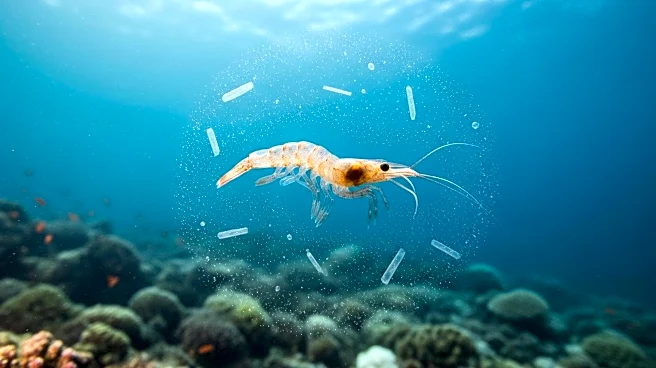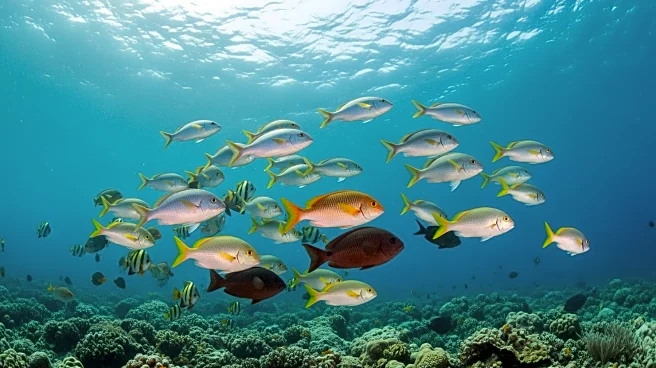What's Happening?
A recent study has highlighted significant biases in global conservation funding, revealing that a disproportionate amount of resources are allocated to vertebrates, particularly mammals and birds, while other groups like amphibians, plants, and invertebrates receive minimal support. The analysis, which examined 14,600 conservation projects over 25 years, found that 83% of funding and 84% of projects were directed towards vertebrates. Despite amphibians being the most threatened vertebrate group, they received only 2.5% of recent funding. The study also noted that popular species such as elephants and pandas attract hundreds of projects, whereas the world's 24,000-plus threatened species receive far less attention. The authors argue that this imbalance persists due to psychological factors, as large, charismatic animals tend to inspire empathy and attract donors.
Why It's Important?
The findings of this study underscore a critical issue in conservation efforts: the misalignment between funding and actual conservation needs. By focusing resources on popular species, conservationists may inadvertently neglect the ecological fabric that sustains life, as many small-bodied and overlooked species provide essential ecosystem functions. This bias not only threatens biodiversity but also undermines the effectiveness of conservation strategies. The study suggests that aligning funding with scientific assessments of risk, rather than public affection, could lead to more equitable resource distribution and a more honest approach to conservation. This shift is crucial for preserving biodiversity and ensuring that conservation efforts are truly impactful.
What's Next?
To address these biases, governments and international NGOs are encouraged to reconsider their funding strategies. By prioritizing scientific assessments of risk over public sentiment, conservation efforts can become more effective and equitable. This may involve increasing support for habitat-level and local conservation projects, which are often overlooked in favor of species-based initiatives. Additionally, raising awareness about the importance of less charismatic species could help shift public perception and attract more diverse funding sources. These changes are essential for creating a more balanced and effective approach to global conservation.
Beyond the Headlines
The study raises ethical questions about the role of public perception in conservation funding. While charismatic species attract more attention and resources, this focus may lead to the neglect of less visible but equally important species. This imbalance highlights the need for a more inclusive approach to conservation that considers the ecological roles of all species, regardless of their popularity. Furthermore, the study suggests that conservation efforts should be guided by scientific evidence rather than emotional appeal, which could lead to more sustainable and impactful outcomes.











